Higher classification Leopardus | Phylum Chordata Scientific name Leopardus pajeros Rank Species | |
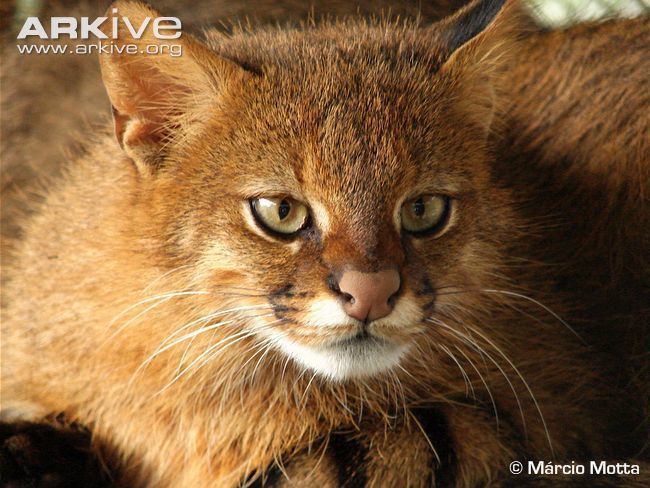 | ||
Similar Colocolo, Leopardus, Felidae, Pantanal cat, Geoffroy's cat | ||
Kittens pampas cat
The Pampas cat (Leopardus pajeros) is a small cat native to Argentina, Chile, Bolivia, Peru, Ecuador, and possibly far southwestern Colombia. It is currently listed as Near Threatened in the IUCN Red List as habitat conversion and destruction may cause the population to decline in the future. It is named after the Pampas, but occurs in grassland, shrubland, and dry forest at elevations up to 5,000 m (16,000 ft).
Contents
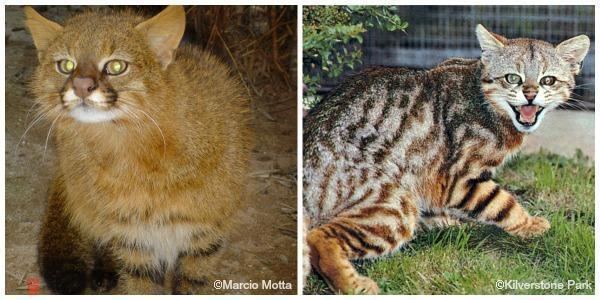
It has traditionally been included in the colocolo (L. colocolo), but was split primarily based on differences in pelage colour/pattern and cranial measurements. The split is not supported by genetic work, leading some authorities to maintain it as a subspecies of the colocolo. Confusingly, when the colocolo includes the Pampas cat and Pantanal cat as subspecies, the "combined" species is sometimes referred to as the Pampas cat.
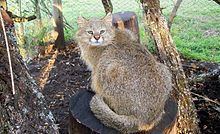
Pampas cats have not been studied much in the wild and little is known about their hunting habits. There have been reports of the cat hunting rodents and birds at night, and also hunting domestic poultry near farms.

Characteristics
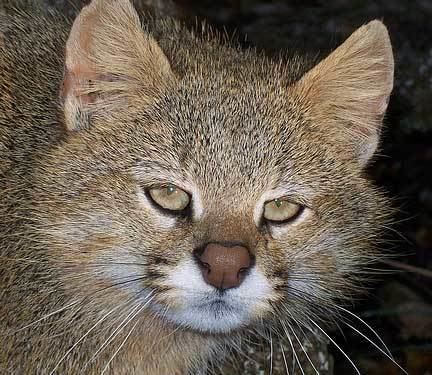
The Pampas cat is a small, but heavy-set cat. There are significant geographical variations in its size; the body length ranges from 46 to 75 cm (18 to 30 in) and the relatively short tail is 23 to 29 cm (9.1 to 11.4 in). Three main variants of its pelage occur, but all have two dark lines on each cheek:
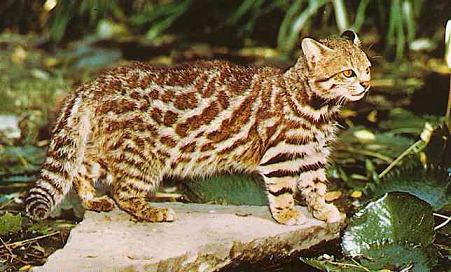
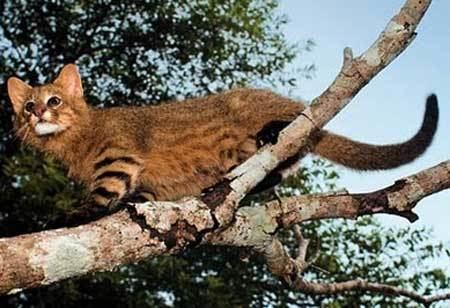
Only the first type occurs in the north (around 20°S and northwards), and only the third type occurs in the far south (around 40°S and southwards). In between, the majority are of second type, but the first type has been recorded as far south as 29°S, and the third type as far north as 36°S. At latitudes where both the first and second type are found, the former tends to occur in highlands and the latter in lowlands.
Melanistic Pampas cats have been reported.
Subspecies
In 2005, Mammal Species of the World recognised five subspecies of the Pampas cat:
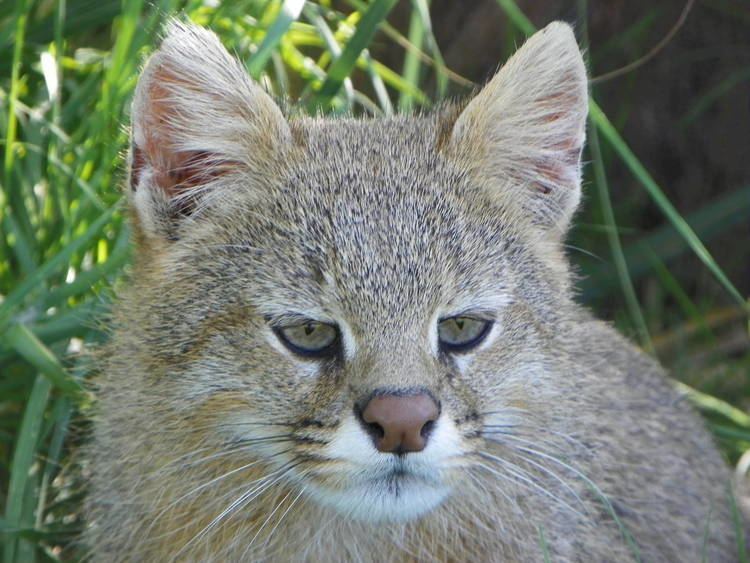

Based on two specimens, the subspecies L. p. steinbachi is larger and paler than P. l. garleppi. However, this is labelled with uncertainty due to the very small sample, and some treat it as a synonym of L. p. garleppi. Uncertainty also exists for the subspecies L. p. budini, which appears to resemble L. p. crespoi, and was described from lowlands of northwestern Argentina, but may actually be from humid forests in the region. Some recognise it, while other do not. Populations in southern Chile and the southern part of Argentina, included in the nominate in the above list, have been recognised as the subspecies L. p. crucinus based on the large size (the largest Pampas cats) and dull pelage.
Distribution and habitat
Despite being named after the Pampas, the Pampas cat occurs in a wide range of habitats in northwestern Argentina, Bolivia, western Ecuador and northwestern Peru. It inhabits elevations between 1,800 and 5,000 m (5,900 and 16,400 ft) in páramo, marginally also in puna and locally in dry forest. Where its range overlaps with the Andean mountain cat in northwestern Argentina, it occurs at lower altitudes on average. In central to northwestern Argentina, the Pampas cat is found at elevations below 1,240 m (4,070 ft) in grassland, mesophytic and dry forest, and shrubland. In southern Argentina and far southern Chile, it is found in Patagonian steppes and shrubland at altitudes below 1,100 m (3,600 ft).
